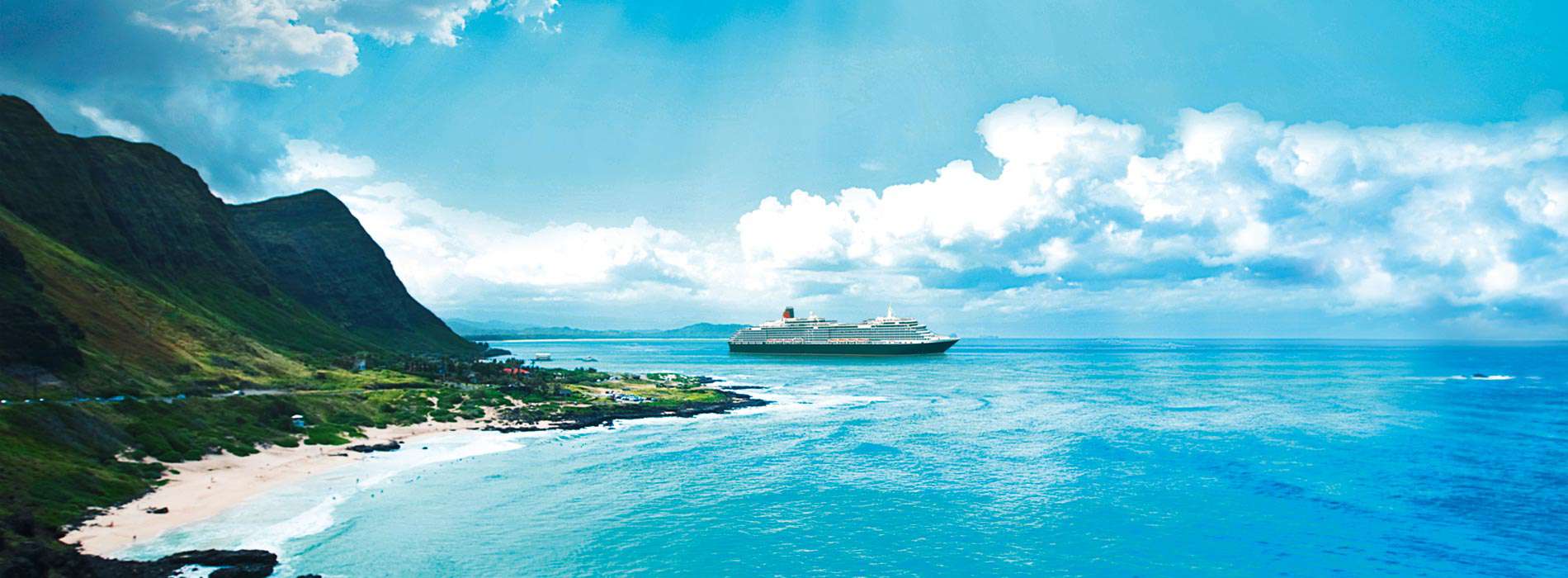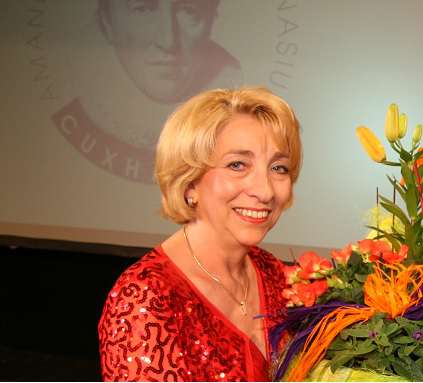Good Morning, Vietnam: On Two Wheels
उजवाडाक आयलां: 30.03.2017
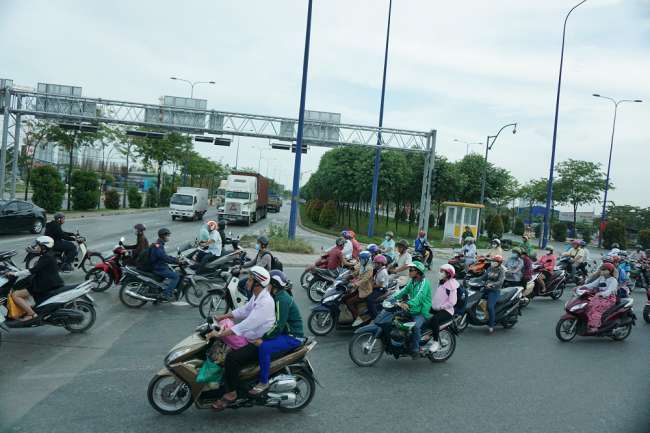
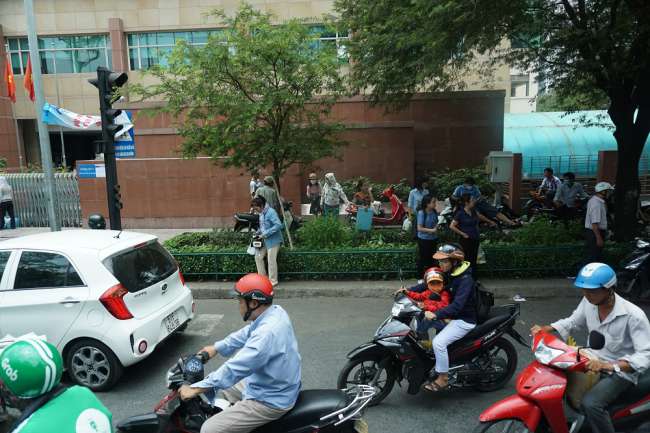
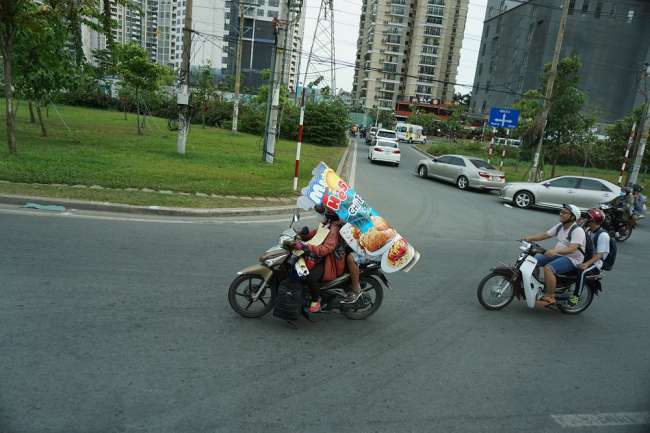
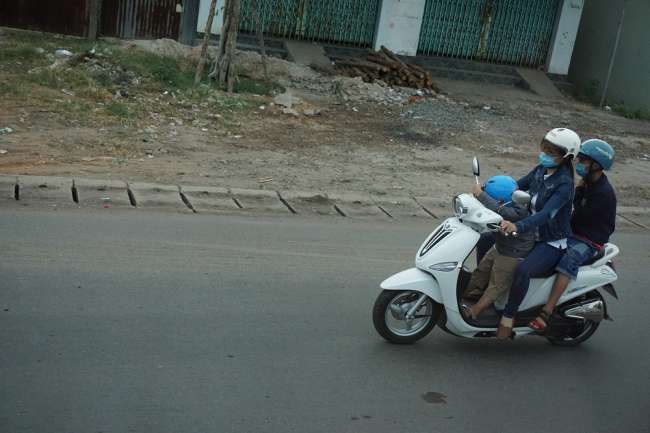
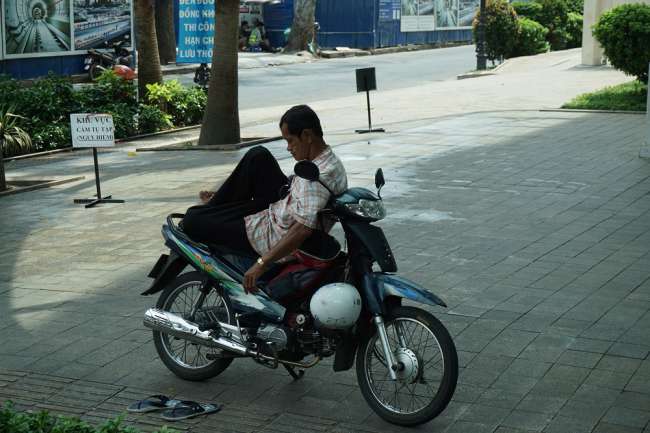
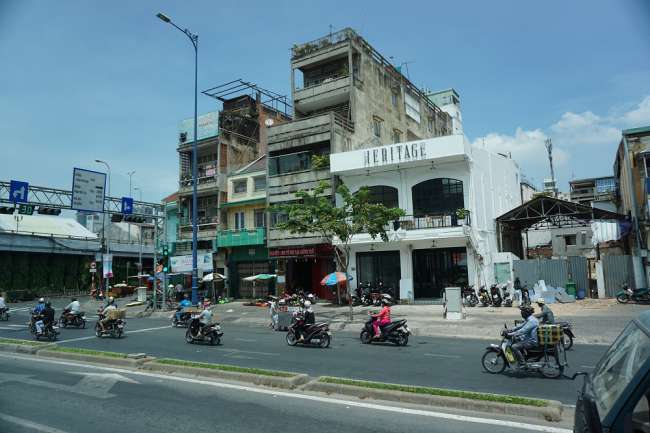
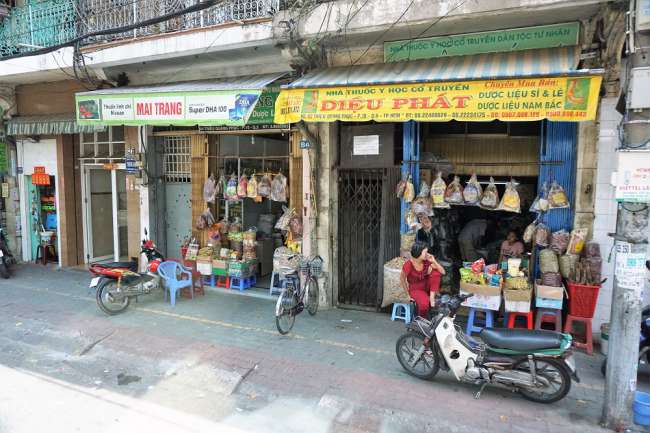
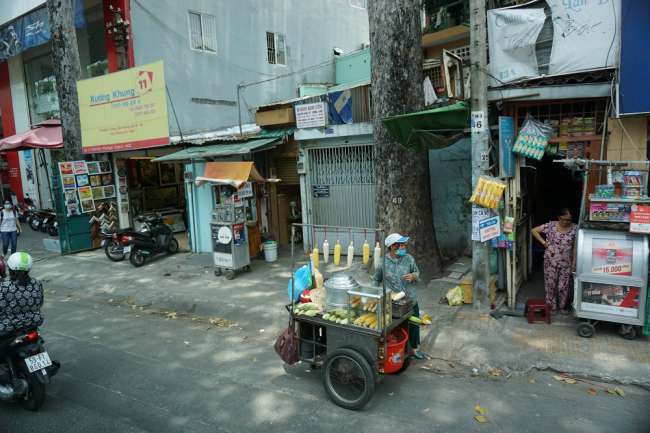
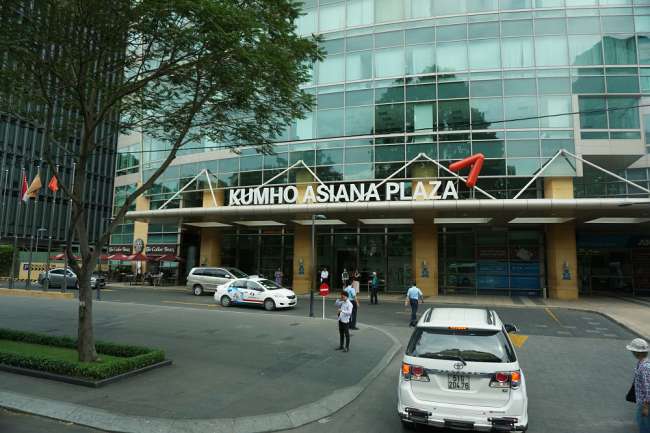
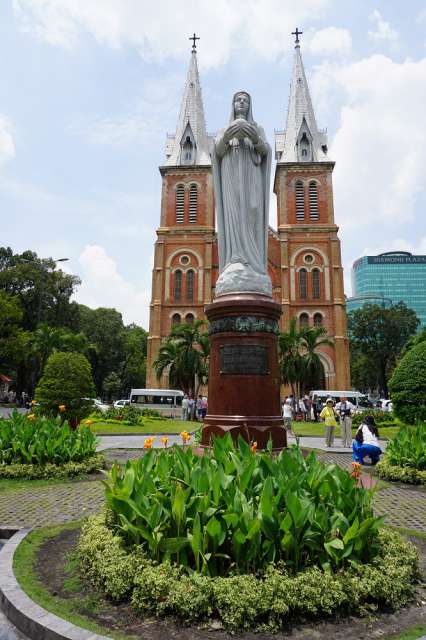
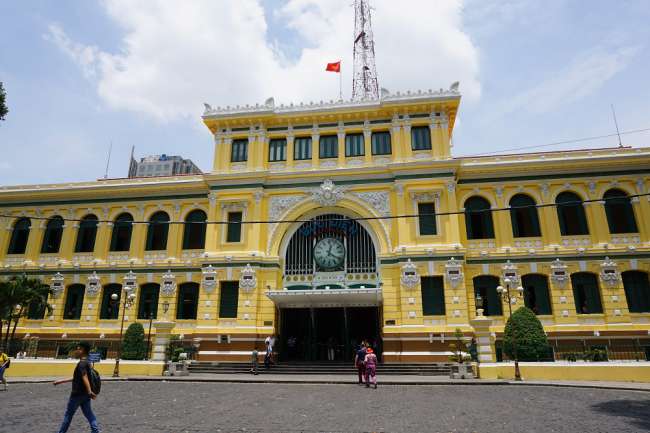
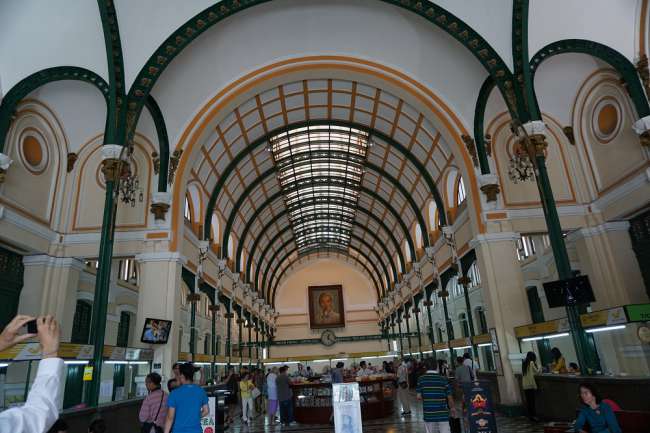
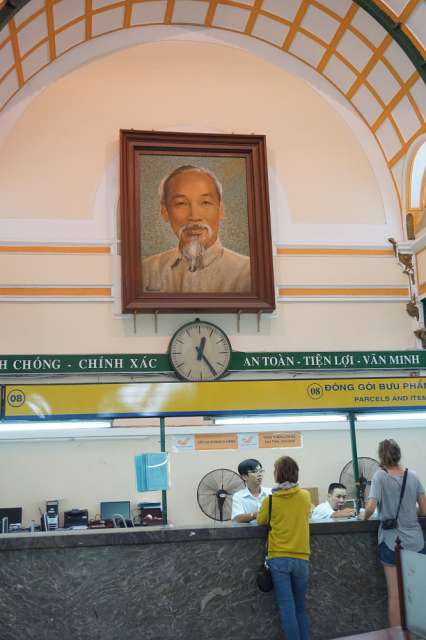
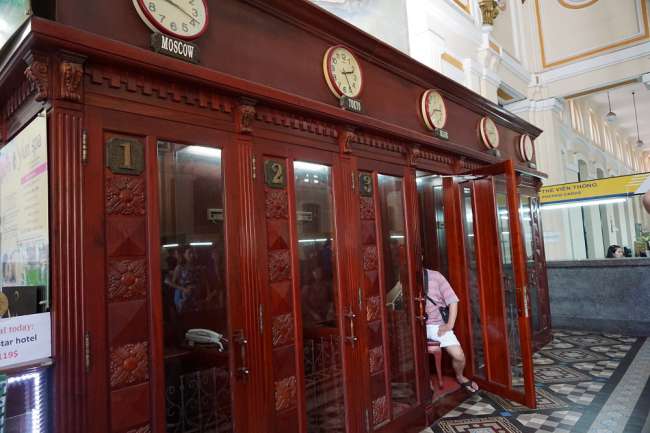
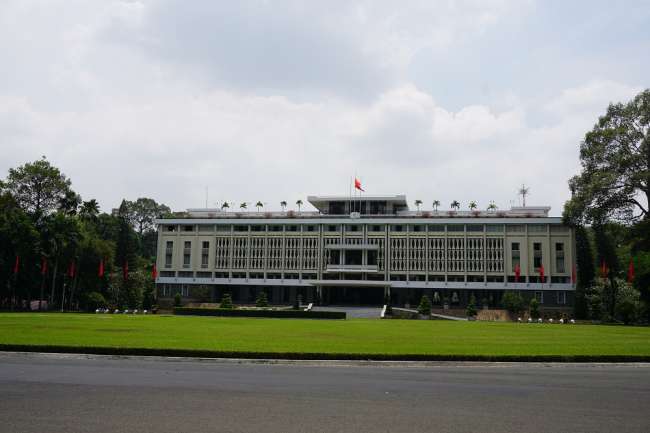
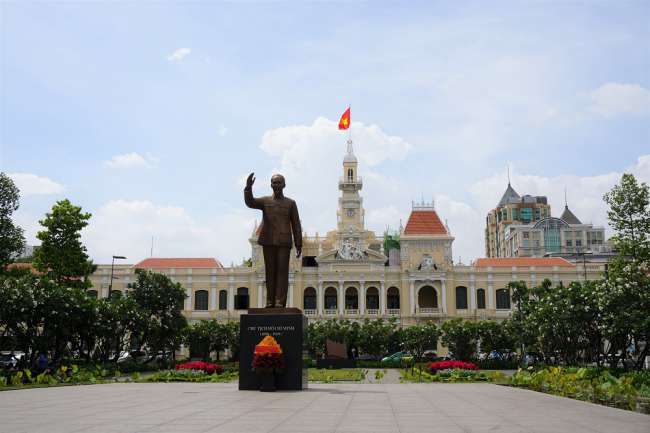
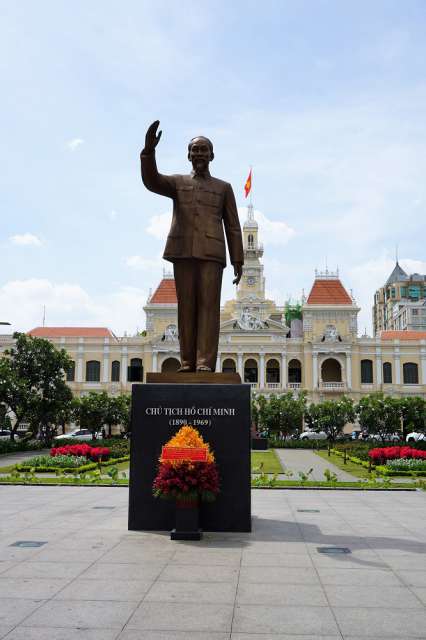
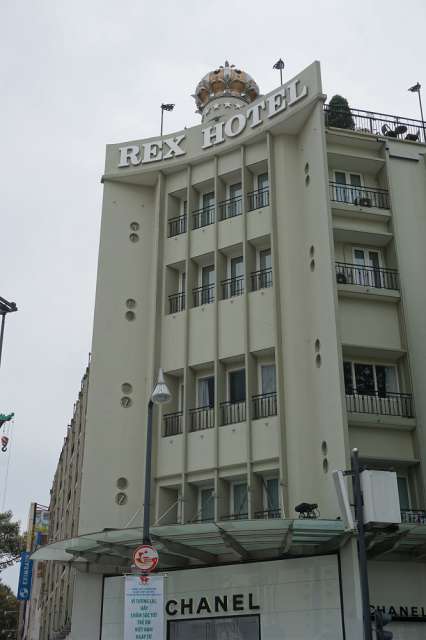
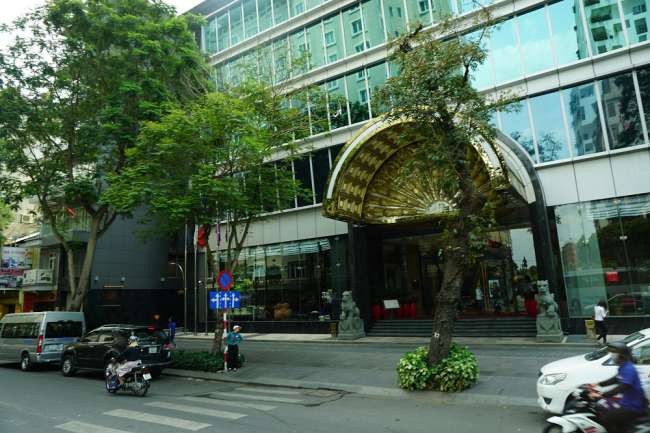
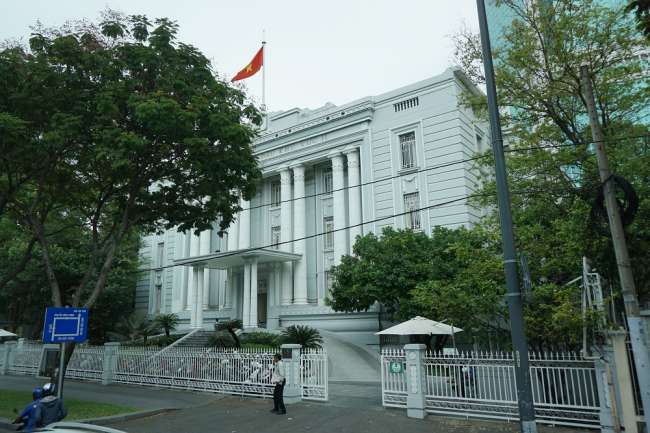
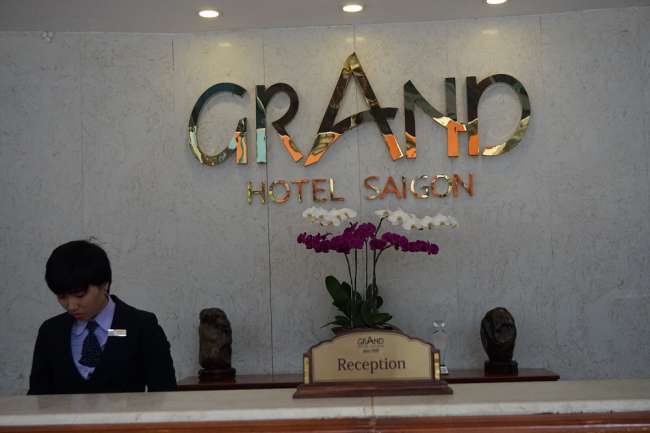
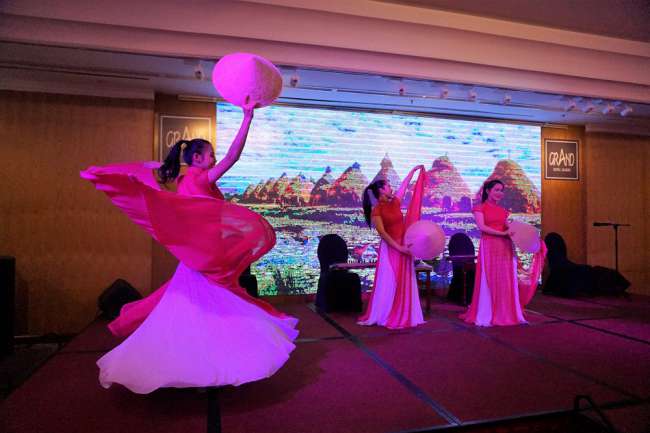
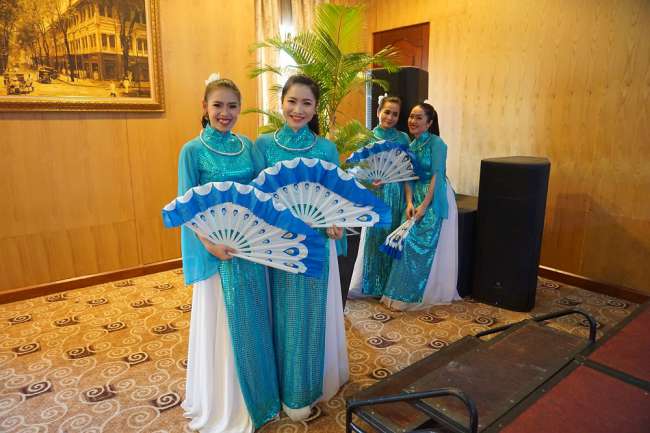
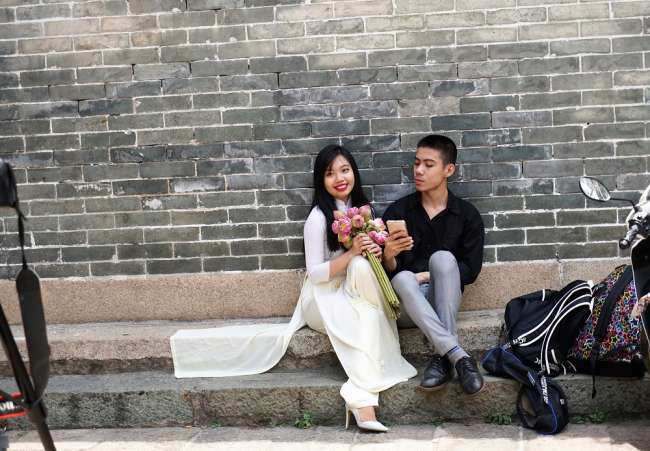
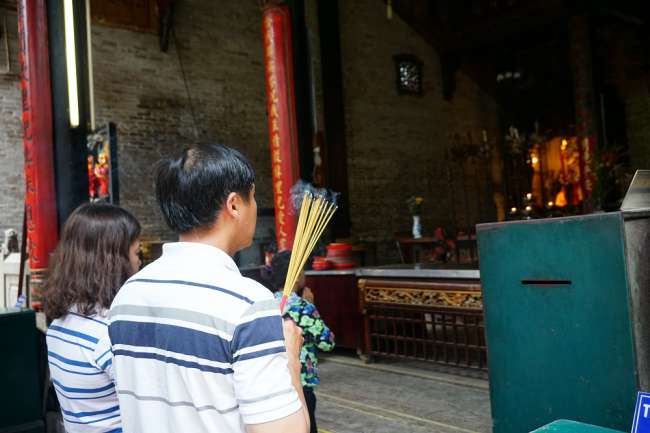
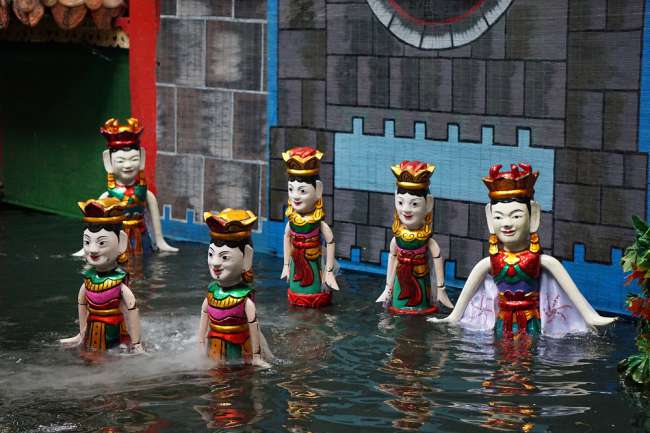
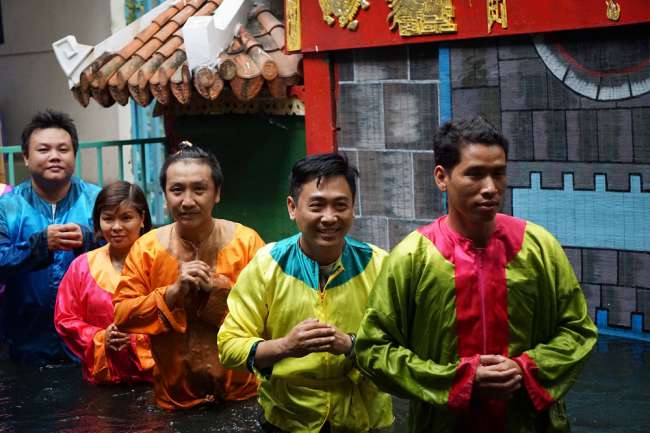
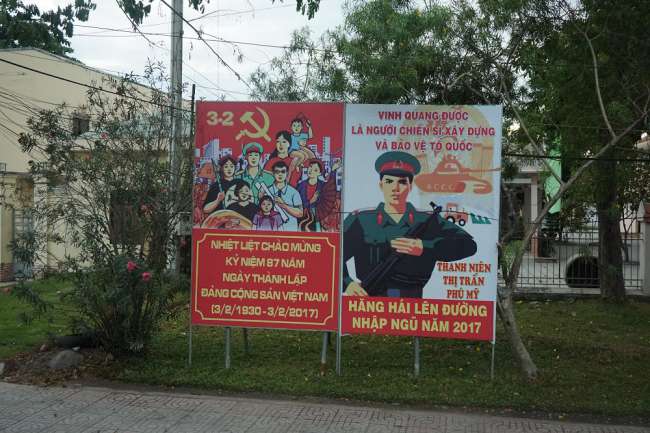
खबरांपत्राची सदस्यताय घेयात
I have never seen so many motorcycles or scooters in my life as during my visit to Ho Chi Minh City, formerly known as Saigon. It was as if a big motorcycle race was taking place and I was standing on the side of the road as a spectator. But this is the normal life of the residents of Saigon and the surrounding area, who use motorcycles and scooters to get from point A to point B with their whole family. Even small children were either at the front or squeezed between two adults, sometimes even a dog. Everything is transported, in one photo it is an advertisement under which the passenger crouches or holds on. The women usually wear pants or, if they are wearing office outfits, a skirt open in the back that covers their legs, they also wear gloves and a face/head mask, which also covers their hair in the back. So they drive completely covered, not just because of the exhaust fumes, but also because of the sun, because they want to have fair skin and avoid exposing their skin to the sun.
I was breathless several times because of the driving style, but they handle it very confidently and maneuver through without touching anything. Even when we got stuck in a traffic jam with the bus, which I no longer thought was solvable because everything was crisscrossed, two policemen came and somehow regulated it. They simply found new ways, which could also be over sidewalks.
Above all, everyone was very calm and not agitated, it really seemed to be the norm. The mass of people on two wheels gives an idea of the dimensions of this country: There are 86 million people in Vietnam, about 7 million of them in Ho Chi Minh City. Interestingly, the average age is 26 years, so it has a very young population. 93% of the total population has an education, which of course provides a good foundation for the country's future.
Politically, the whole system is still communist-led, which has been established since 1975 with the end of the Vietnam War and the takeover of South Vietnam by North Vietnam. That's why the city was renamed after the revolutionary leader and head of state of North Vietnam, Ho Chi Minh, who is represented with statues everywhere in the city. However, my tour guide told me that they prefer to call the city Saigon among friends. But the communist system has also changed in Vietnam, just like in China. Since 1986, the planned economy and collectivization have been abolished, privatization has started and with it a market-oriented economic form. This new concept (Vietnamese: Doi moi) has led to a good economic growth of 6% per year. I was also amazed to learn that Vietnam has now become the largest exporter of coffee after Brazil and the largest exporter of pepper.
There seems to be no shortage of investors: NIKE is the largest private employer, but also the boat people from 1975, who fled from South Vietnam occupied by Hanoi, are returning and bringing a lot of financial potential with them, which they have successfully accumulated over the years. I believe we all remember the quick and problem-free integration of the "boat people", whether it was at school or in the business world. This group is now investing heavily and the results are already visible: modern roads, an under construction subway or a sky rail, modern skyscrapers and stores with western luxury brands can already be seen in the middle of the city. It's not quite finished yet, but it's on its way.
But the old Saigon is not neglected either, so the truly impressive old buildings now look beautifully radiant, in white or in yellow, the national color of Vietnam. There is the old post office from the 1880s in French style, also the old opera house and the large hotel from the French colonial period, which began in 1859 and the aim of which was to make Saigon a "Paris of the East". Hence the beautiful parks and wide boulevards modeled after the Champs-Elysées. The most French-like is the Notre Dame Cathedral, which still stands as a landmark for old Saigon.
The Reunification Hall, the former presidential palace of South Vietnam, where the red flag of the Socialist Republic of Vietnam first flew on April 30, 1975, as well as the American headquarters during the Vietnam War, remind us of the time of the Vietnam War, as well as the REX Hotel, where international journalists always received the latest reports during the war. For me, it was an interesting journey back in time.
The visit to Saigon was thus a long but interesting day with many experiences. The day was also eventful for those who stayed on board, as a beehive settled directly under the sign "No Jumping or Diving" next to the pool, which of course caused a crisis. The bees flew in like a black cloud towards the pool and initially caused panic. The biggest problem was probably getting rid of them again, as fumigating on the ship is not allowed due to the risk of fire, but also because no beekeeper could be found to catch the swarm. So currently the journey in this stage is very eventful and continues with a lot of impressions: Singapore and Malaysia are coming up one after the other.
Best regards to all of you
Eva
खबरांपत्राची सदस्यताय घेयात
जाप
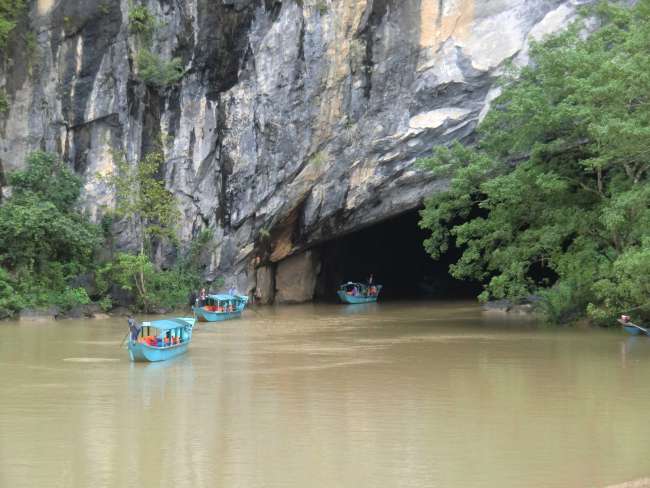
प्रवास अहवाल व्हिएतनाम
